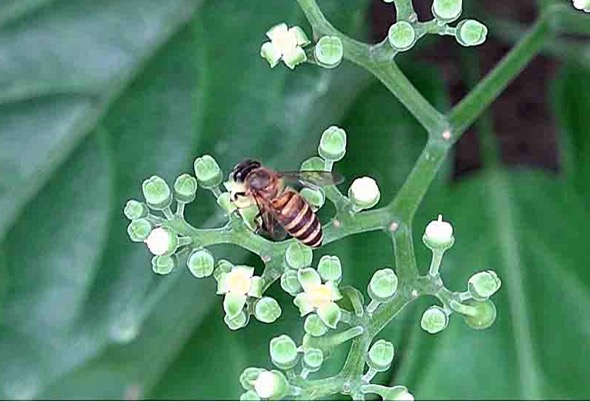Dr Wee played a significant role as a green advocate in Singapore through his extensive involvement in various organizations and committees: as Secretary and Chairman for the Malayan Nature Society (Singapore Branch), and with the Nature Society (Singapore) as founding President (1978-1995). He has also served in the Nature Reserve Board (1987-1989), Nature Reserves Committee (1990-1996), National Council on the Environment/Singapore Environment Council (1992-1996), Work-Group on Nature Conservation (1992) and Inter-Varsity Council on the Environment (1995-1997). He is Patron of the Singapore Gardening Society and was appointed Honorary Museum Associate of the Lee Kong Chian Natural History Museum (LKCNHM) in 2012. In 2005, Dr Wee started the Bird Ecology Study Group. With more than 6,000 entries, the website has become a valuable resource consulted by students, birdwatchers and researchers locally and internationally. The views and opinions expressed in this article are his own, and do not represent those of LKCNHM, the National University of Singapore or its affiliated institutions.










3 Responses
YC, have you spotted any butterflies visiting the flowers of Cayratia mollissima yet? The flowering heads look very similar to the Bandicoot Berry (Leea indica), which is a popular butterfly nectaring plant. So this Bush Grape could be another nice addition to their nectaring plants. 🙂
I have only observed a few curious passers-by taking the fruits. Definitely not a second time after the agony they went through. Other than this, have yet to see any birds, squirrels, etc eating the fruits. They just dropped to the ground when ripe. Also, no butterflies, moths, etc. – either taking the nectar or their caterpillars eating the leaves. Only bees visit the flowers for the nectar and pollen.
Thanks, YC. So this plant is probably not as attractive to butterflies.